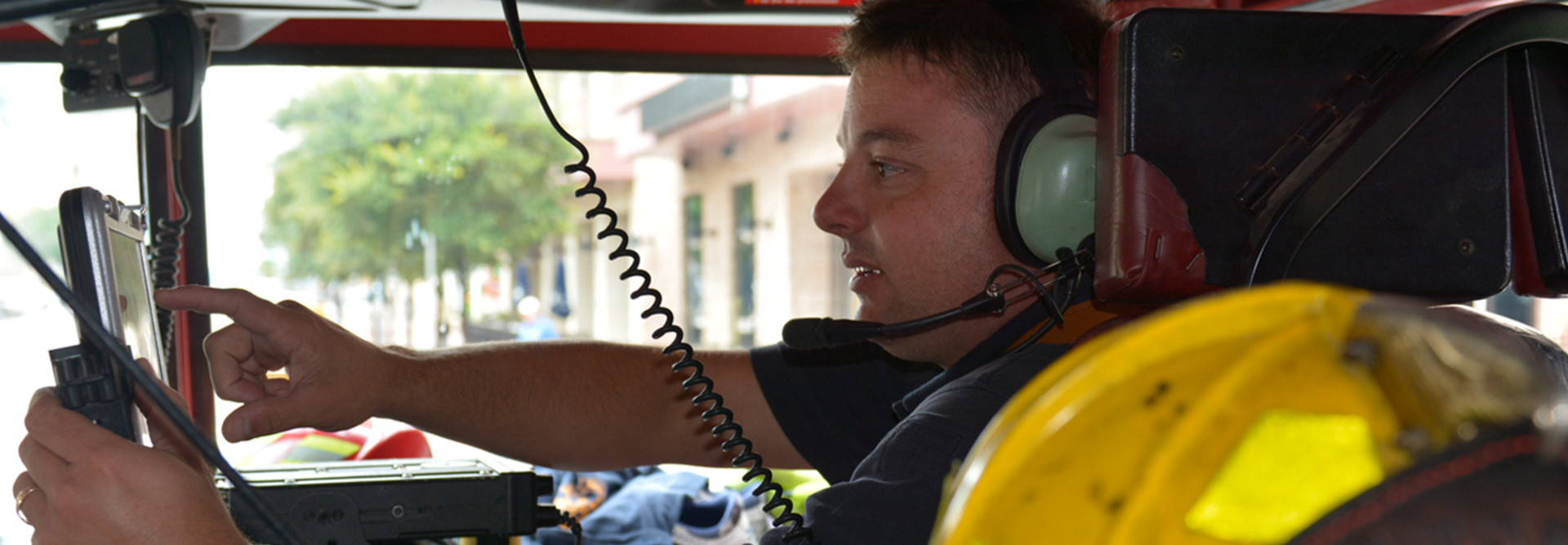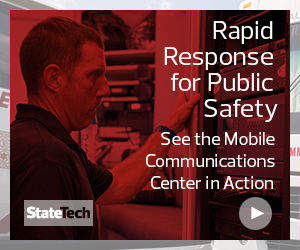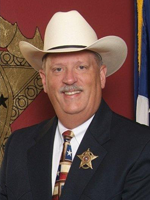STATETECH: Do you have any future plans now that you’re using FirstNet?
KIRK: Our challenge now is to bring on all the other first responders, which is a slow process. We have it for all the sheriff’s office and constable cars. Our police departments have engaged and are working toward it. The fire department has added it to their regional command center bus, so if we have a major event in another community outside of the county, then that bus is brought out. Slowly, we hope to bring on all the first responders.
STATETECH: Did you make any major changes to prepare for the shift to FirstNet?
KIRK: As the sheriff, I’m serving in my sixth term — 22 years to date. My campaign centered around the fact that I was going to be a sheriff for the 21st century, so we’ve embraced technology here at the sheriff’s office. In 2006, we installed Panasonic Arbitrator and laptops and cameras in our cars. We’ve been working with Panasonic on wearable cameras since 2010, and now we’re into Generation 3 wearable cameras. We had all that in place, so when LTE technology and FirstNet band class 14 came along, it was a whole lot easier for us just to plug that in and work with it. Somebody that doesn’t have that technology in place has to start putting it in place, because band class 14 is real. It will be the future of communications for first responders.
MORE FROM STATETECH: Find out how 5G network slicing technology can benefit public safety.
STATETECH: Do you have any advice for agencies considering FirstNet?
HEAREN: Plan ahead and bring all the stakeholders to the table. I think that’s why we were so successful. Get a dedicated person to work on the project. Have discussions with your IT department. The people paying the bill — your funding source or governing body — need to be brought in so that they understand the benefit of it. Is it going to be a cost-savings benefit to you? Is it something that’s going to provide additional services for the government, for the people that it serves? Those people need to know that as well, that you’re not just trying to jump on the bandwagon because it’s the next cool thing that’s out there.
KIRK: We’re really pleased with the support that we get from AT&T, and the system works for us. I would encourage anybody in public safety — first responders — to seriously consider moving in that direction.











